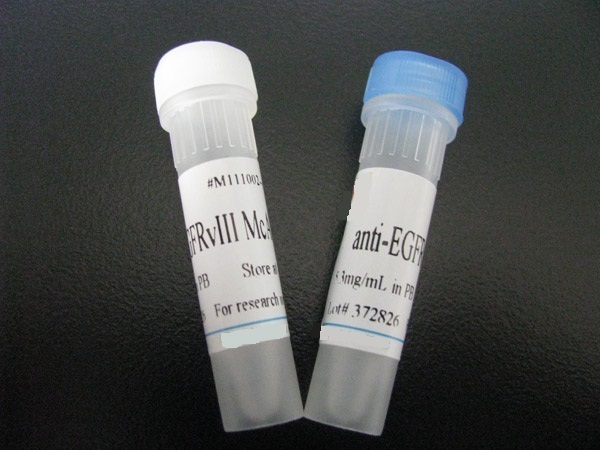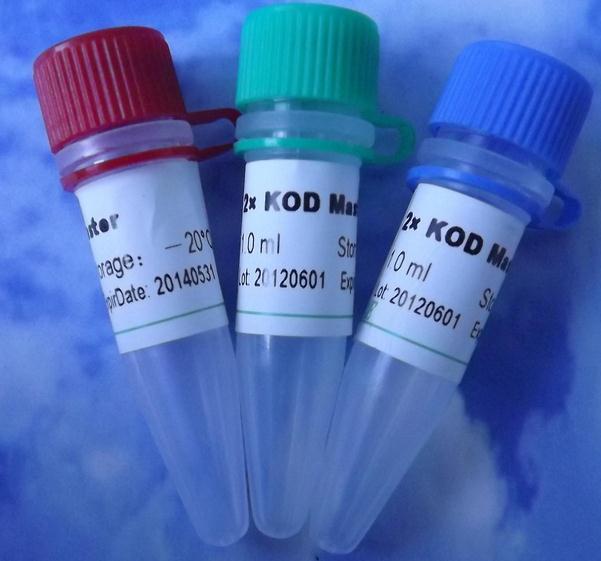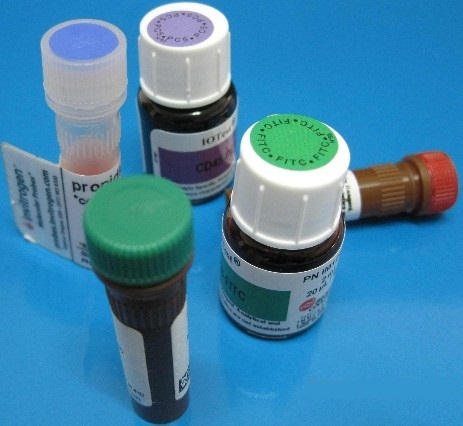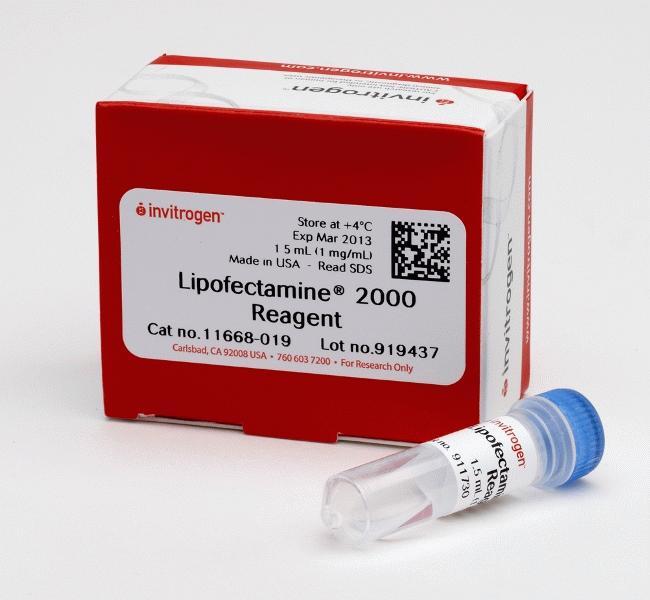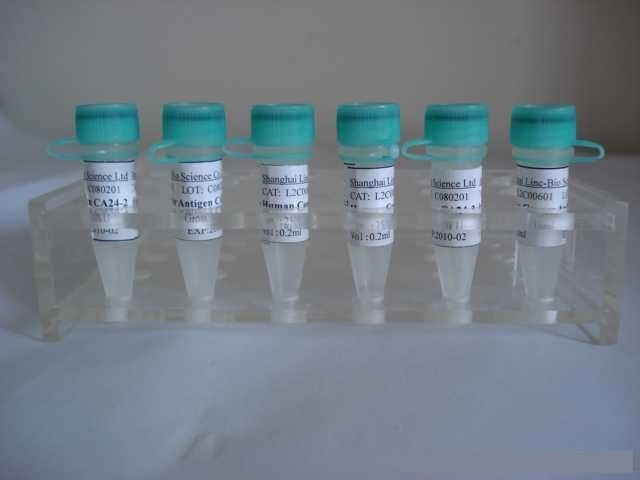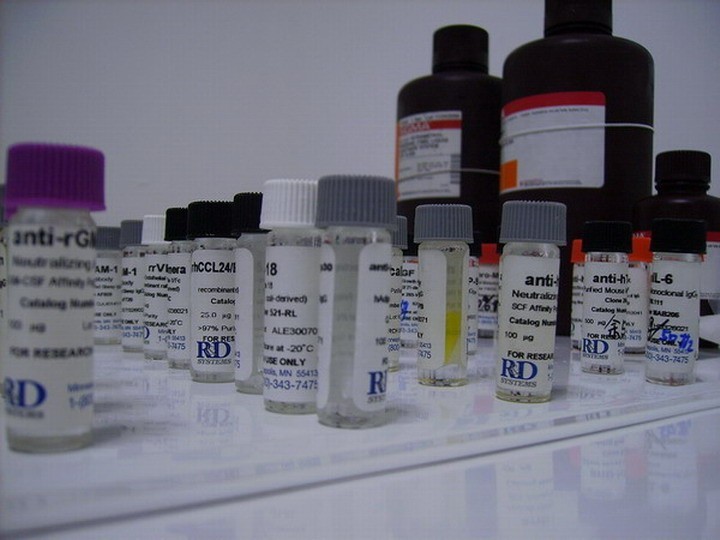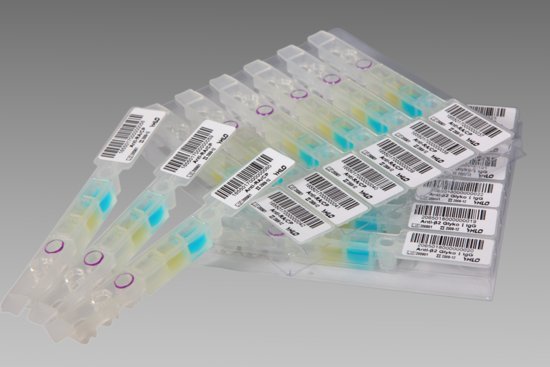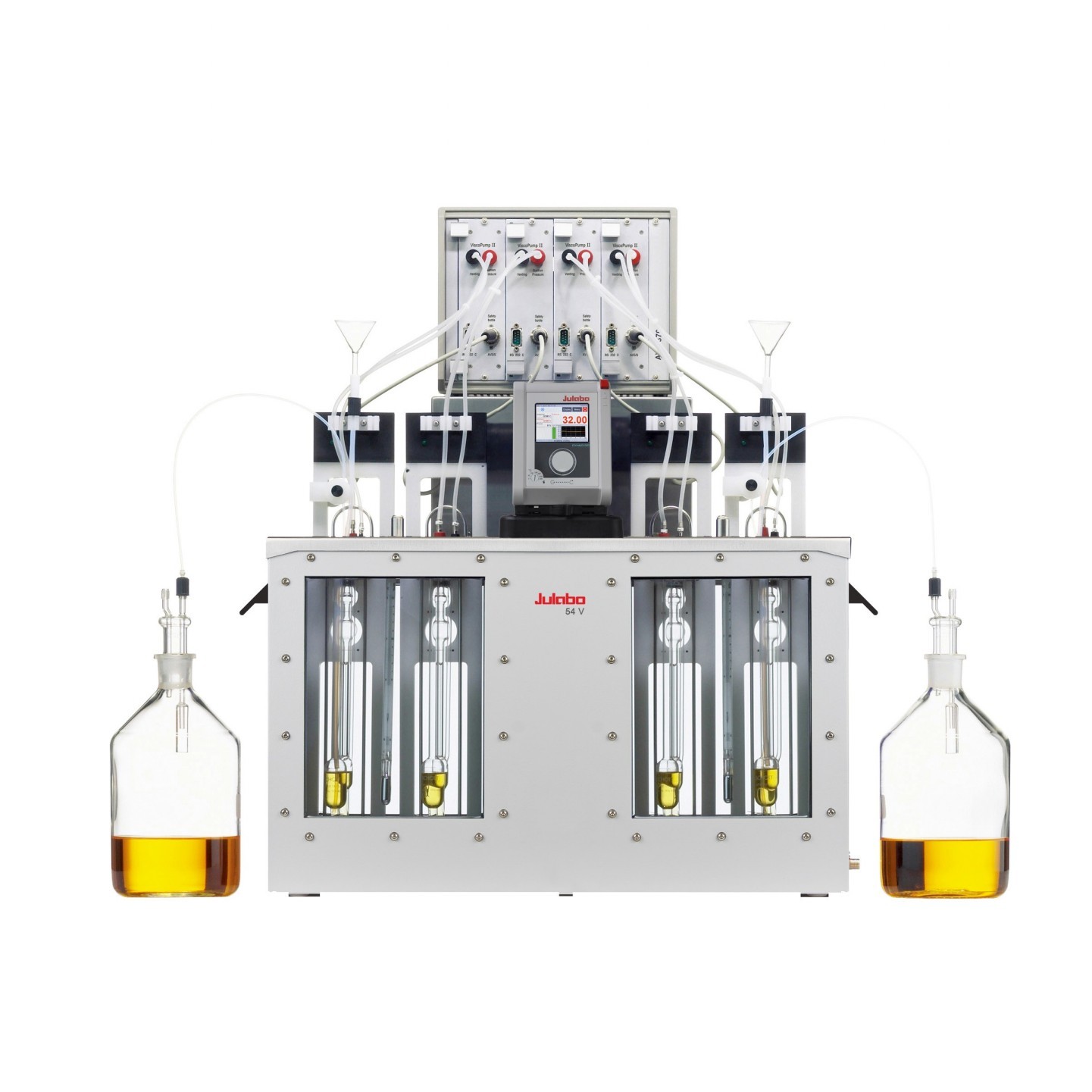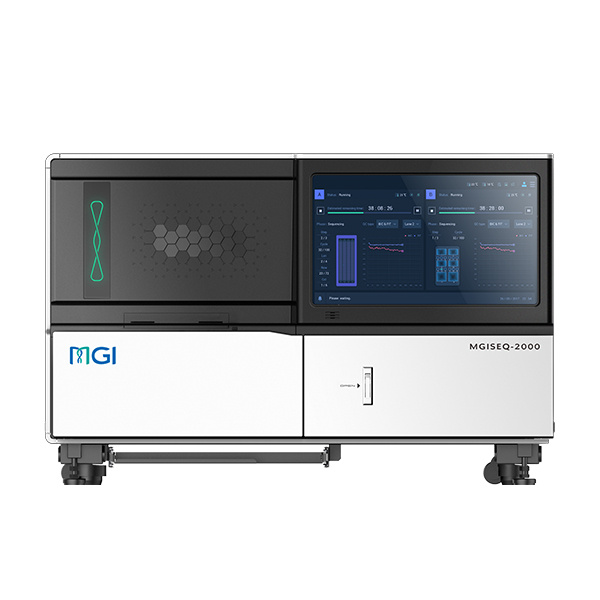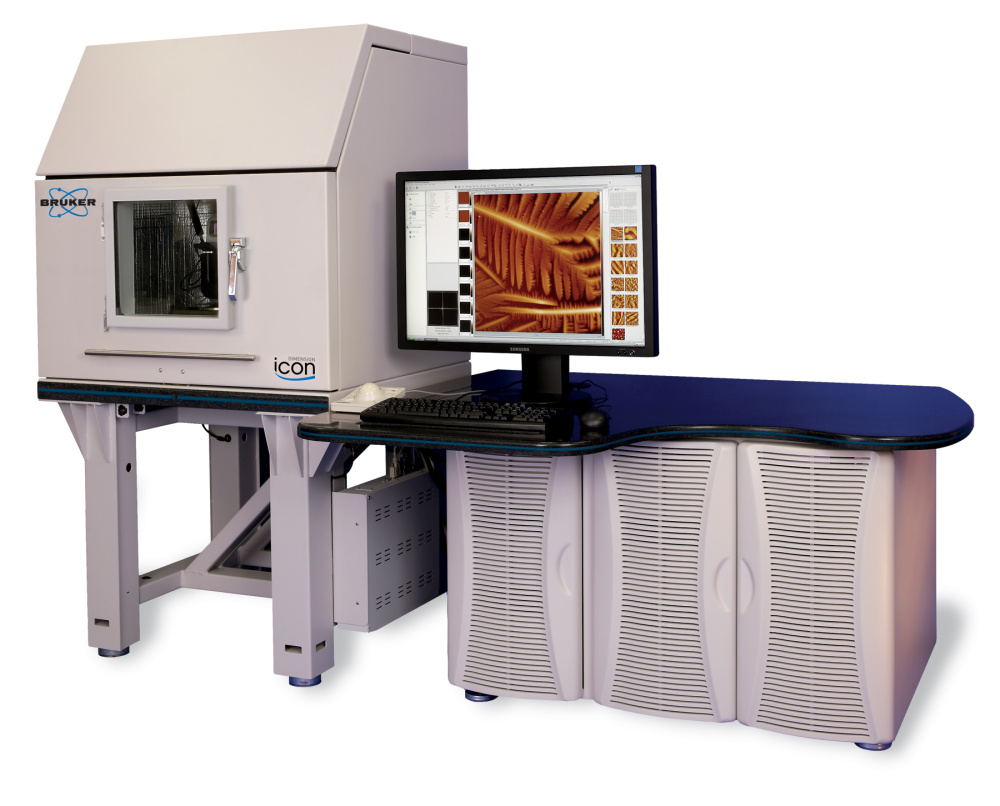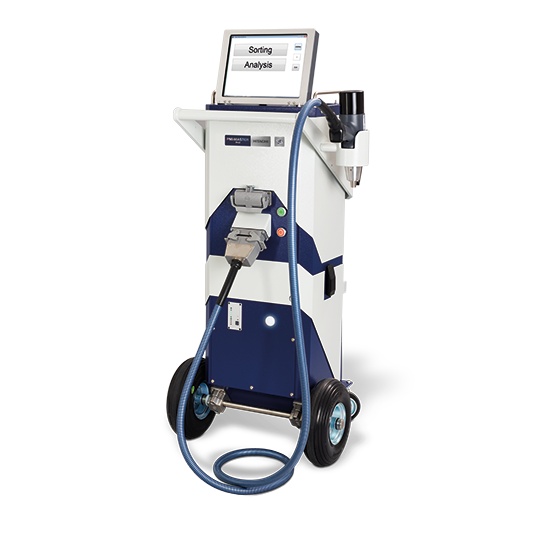浓 度 1mg/1ml
规 格 0.2ml/200μg
抗体来源 Rabbit
克隆类型 polyclonal
交叉反应 Mouse, Rat, Chicken, Dog, Cow, Horse
产品类型 一抗
研究领域 细胞生物 细胞周期蛋白 转录调节因子 表观遗传学
蛋白分子量 predicted molecular weight: 59kDa
性 状 Lyophilized or Liquid
免 疫 原 KLH conjugated synthetic peptide derived from human Deformed Epidermal Autoregulatory Factor 1
亚 型 IgG
纯化方法 affinity purified by Protein A
储 存 液 Preservative: 15mM Sodium Azide, Constituents: 1% BSA, 0.01M PBS, pH 7.4
产品应用 WB=1:100-500 ELISA=1:500-1000 IP=1:20-100 IHC-P=1:100-500 IHC-F=1:100-500 IF=1:100-500
(石蜡切片需做抗原修复)
not yet tested in other applications.
optimal dilutions/concentrations should be determined by the end user.
保存条件 Store at -20 °C for one year. Avoid repeated freeze/thaw cycles. The lyophilized antibody is stable at room temperature for at least one month and for greater than a year when kept at -20°C. When reconstituted in sterile pH 7.4 0.01M PBS or diluent of antibody the antibody is stable for at least two weeks at 2-4 °C.
Important Note This product as supplied is intended for research use only, not for use in human, therapeutic or diagnostic applications.
畸形表皮自调节因子1抗体产品介绍 Suppressin, also known as DEAF1 is a transcription factor required for embryonic development. Suppressin contains one SAND domain and one C-terminal MYND-type zinc finger. It interacts with LMO4 and CLIM-2, suggesting that it plays a role mediating cell fate and embryonic pattern formation. Suppressin is expressed in a variety of tissues and localizes to the nucleus. Several isoforms exist due to alternative splicing and, depending on the isoform, Suppressin is secreted in some cell types. Secreted Suppressin can function to inhibit cell proliferation, arresting cells in the G0 or G1 phase. Mutations in the gene encoding Suppressin may result in a growth advantage leading to the development and progression of neoplasia. This suggest that Supressin is a potential target for cancer therapy.
Function : Transcription factor that binds to sequence with multiple copies of 5'-TTC[CG]G-3' present in its own promoter and that of the HNRPA2B1 gene. Down-regulates transcription of these genes. Binds to the retinoic acid response element (RARE) 5'-AGGGTTCACCGAAAGTTCA-3'. Activates the proenkephalin gene independently of promoter binding, probably through protein-protein interaction. When secreted, behaves as an inhibitor of cell proliferation, by arresting cells in the G0 or G1 phase. Required for neural tube closure and skeletal patterning. Regulates epithelial cell proliferation and side-branching in the mammary gland. Controls the expression of peripheral tissue antigens in pancreatic lymph nodes. Isoform 1 displays greater transcriptional activity than isoform 4. Isoform 4 may inhibit transcriptional activity of isoform 1 by interacting with isoform 1 and retaining it in the cytoplasm.
Subunit : Homodimer (Probable). Isoform 1 and isoform 4 may form a heterodimer. Binds to LMO4 (via its C-terminus), LMO2 and CLIM2. May interact with the corepressor NCOR.
Subcellular Location : Isoform 1: Nucleus. Cytoplasm. Note=Cytoplasmic in non-mucinous colorectal carcinoma. When expressed alone, localized almost exclusively in the nucleus but, when expressed with isoform 4, nuclear expression decreases to 32% and cytoplasmic expression increases by 270%.
Isoform 2: Secreted. Note=Secreted in some cell types.
Isoform 3: Secreted. Note=Secreted in some cell types.
Isoform 4: Cytoplasm. Nucleus. Note=When expressed alone, localizes mainly in the cytoplasm but, when expressed with isoform 1, nuclear localization is enhanced.
Tissue Specificity : Expressed in various tissues and cells such as in peripheral mononuclear cells and hormone-secreting pituitary cells. Expression in pancreatic lymph nodes of patients with type 1 diabetes is 20 times higher than in healthy controls.
Similarity : Contains 1 MYND-type zinc finger.
Contains 1 SAND domain.
Database links : UniProtKB/Swiss-Prot: O75398.1
![]()




